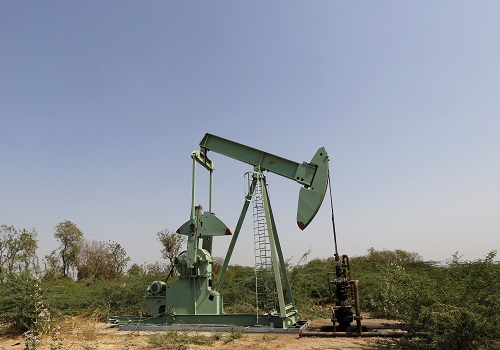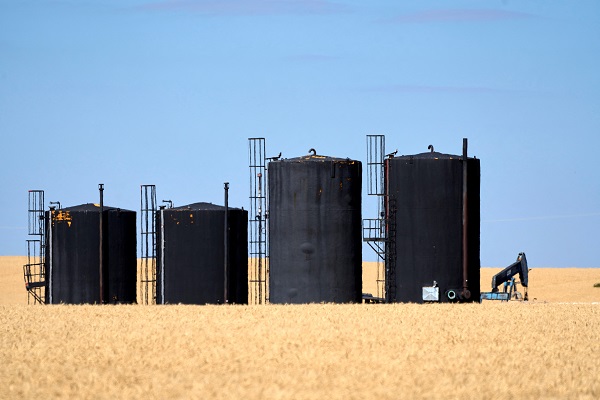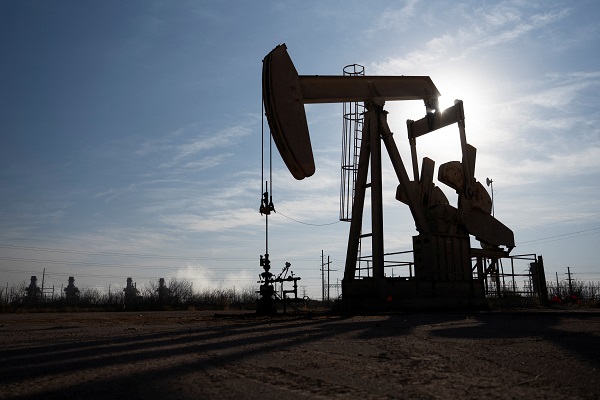Oil Prices Rise Marginally Amid Geopolitical Tensions, U.S. Inventories Weigh by Amit Gupta, Kedia Advisory

Oil prices saw a slight increase on Thursday as geopolitical concerns, primarily the escalation of tensions between Russia and Ukraine, supported market sentiment. Ukraine’s missile strikes on Russia and the involvement of Western weapons heightened uncertainties in global oil markets. Despite these concerns, oil prices were capped by a larger-than-expected increase in U.S. crude inventories, rising by 545,000 barrels to 430.3 million barrels. Additionally, strong oil consumption growth in the U.S. and India, alongside OPEC+'s ongoing supply adjustments, added some support. However, rising global supply and expectations of weakened demand may limit significant price gains in the coming months.
Key Highlights
# Oil prices rise due to geopolitical tensions between Russia and Ukraine.
# U.S. crude inventories rise by 545,000 barrels, capping gains.
# Strong oil demand growth in the U.S. and India boosts sentiment.
# OPEC+ may delay output increases amid weak global demand.
# Rising U.S. oil production could outweigh sluggish demand in 2025.
Oil prices edged up slightly on Thursday, driven by escalating geopolitical tensions between Russia and Ukraine. Ukraine’s recent missile strikes using British Storm Shadow and U.S. ATACMS missiles against Russian targets added to concerns over the ongoing conflict. This geopolitical uncertainty is supporting oil prices as market participants anticipate disruptions to supply. However, gains were tempered by a larger-than-expected increase in U.S. crude inventories. The Energy Information Administration reported a rise of 545,000 barrels in crude stockpiles, pushing total inventories to 430.3 million barrels. This exceeded analysts' expectations, leading to cautious sentiment.
Furthermore, oil demand continues to show signs of recovery. JPMorgan analysts noted that the U.S. and India saw better-than-expected travel and industrial demand, with global oil consumption for November reaching 103.6 million barrels per day. Despite these signs of stronger demand, the rise in U.S. inventories and growing global oil supply, particularly from the U.S. and Norway’s Equinor ramping up production at the Johan Sverdrup field, weighed on market sentiment.
Additionally, OPEC+ may consider delaying its planned output increases when it meets in December, as weak global demand remains a concern. Even with production cuts from the group, the International Energy Agency (IEA) suggests that supply will outpace demand by 2025 due to rising output from non-OPEC countries.
Finally
Oil prices are likely to face headwinds from rising U.S. inventories and a potential supply surplus in 2025, despite ongoing geopolitical risks and demand growth.
Above views are of the author and not of the website kindly read disclaimer










More News

Quote on Gold and Crude 01st September 2025 by Kaynat Chainwala, AVP - Commodity Research, K...













